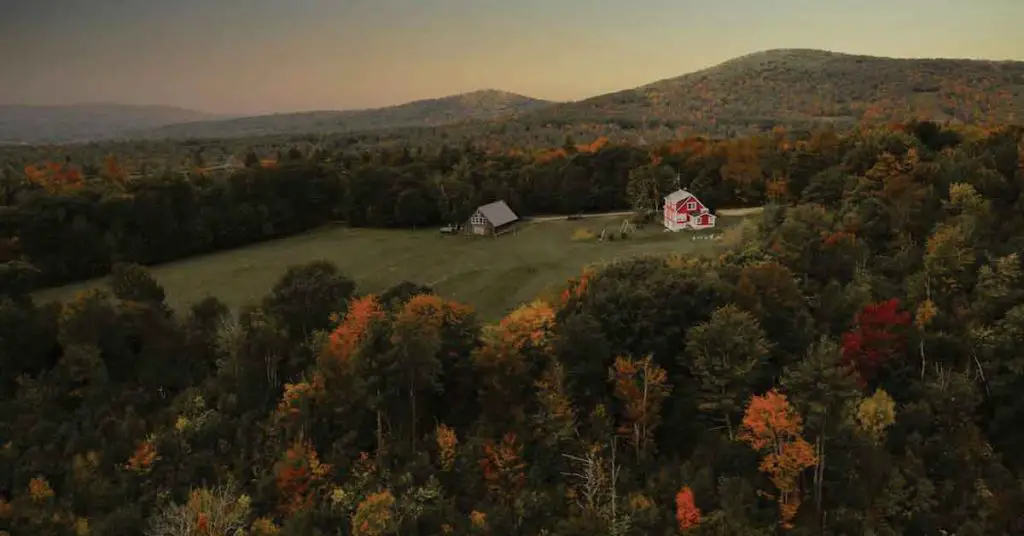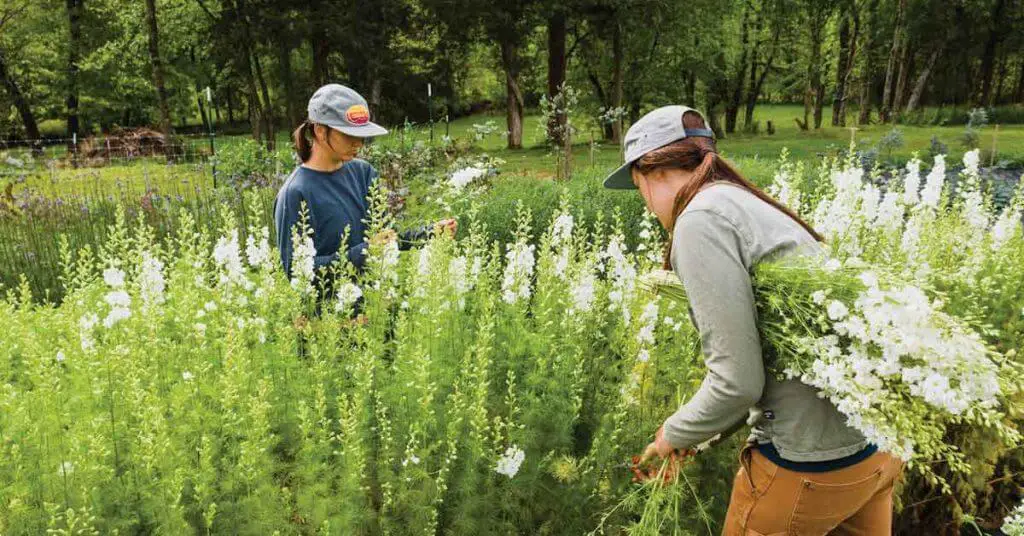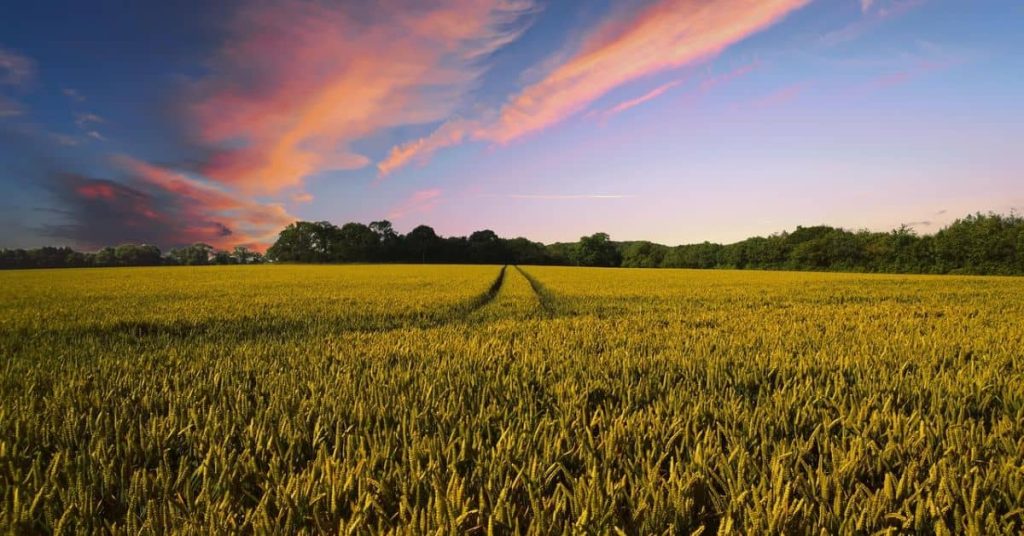Introduction to Fall Homesteading To-Do List
As the leaves begin to turn and the air grows crisp, it’s a signal for homesteaders that a new season of preparation and activity is upon us. Welcome to “Fall Homesteading To-Do List: Homesteading 101” where we delve into the essential tasks and joys of homesteading during this vibrant season.
Fall is a unique time on the homestead, a period of transition and preparation. It’s when the hustle of summer harvest slows, and we start gearing up for the colder months ahead. This is where a well-thought-out Fall homesteading to-do list becomes invaluable. It’s not just about ticking off tasks; it’s about embracing a lifestyle that connects us more deeply with the rhythms of nature.
This article will explore the key activities that should make it to every homesteader’s fall checklist. We’ll cover everything from preparing your soil for next year’s crops to ensuring your livestock are ready for the winter. Whether you’re a seasoned homesteader or just starting, this guide is designed to help you navigate the fall season with confidence and joy.
So, please grab a cup of your favorite warm beverage and dive into the world of fall homesteading. It’s a journey of learning, preparation, and, most importantly, connecting with the land and the community around you. Welcome to your fall homesteading journey!
Understanding the Fall Season in Homesteading
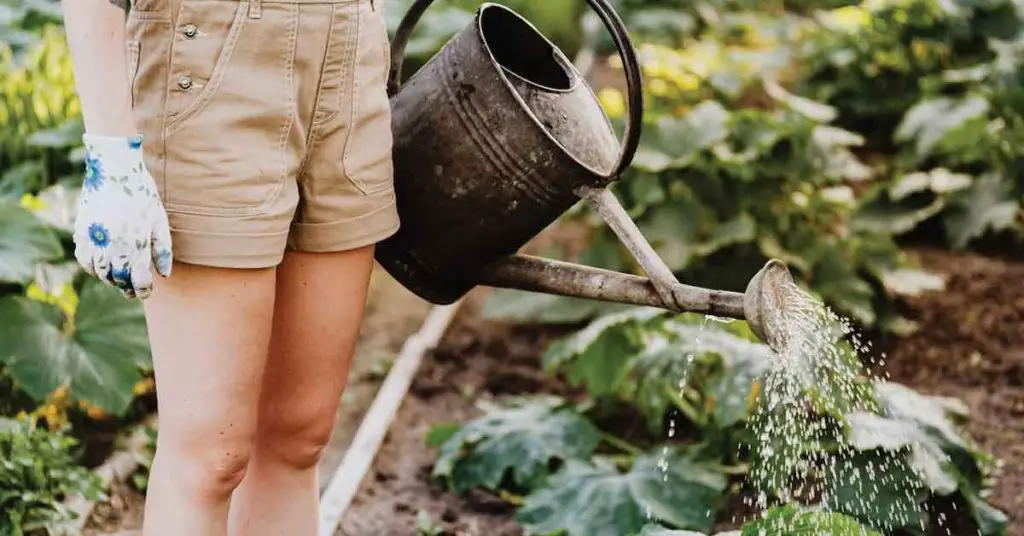
As the lush greenery of summer gives way to the rich, warm colors of autumn, homesteaders enter a period of transition and preparation. Understanding the fall season in homesteading is about recognizing and adapting to the changes that this time of year brings. It’s a season marked by harvest, preparation for the colder months, and a shift in daily routines. This understanding is crucial for effectively managing your homestead and ensuring its productivity and sustainability as you move into the winter months.
Fall’s Unique Influence on Homesteading Activities
- Weather Shifts: As the vibrant hues of autumn set in, homesteaders witness a significant shift in weather patterns. The cooler temperatures and shorter days bring a new rhythm to the homestead, affecting everything from crop cycles to animal behavior.
- Harvest Time: Fall is synonymous with harvest. It’s a time to reap the rewards of your summer labors. This season demands a focus on gathering and preserving crops, ensuring your pantry is well-stocked for the colder months ahead.
- Preparation for Winter: The fall isn’t just about enjoying the harvest; it’s also a crucial period for preparing your homestead for winter. This includes winterizing buildings, checking insulation, and ensuring your heating sources are ready.
Weather Changes and Their Implications
- Temperature Fluctuations: With the onset of fall, temperatures start to drop, especially at night. This change requires adjustments in how you care for your plants and animals, ensuring they’re protected from the colder nights.
- Rain and Frost: Increased rainfall and the season’s first frosts can be both a blessing and a challenge. While they help with certain crops, they also signal that it’s time to wrap up your gardening activities and protect sensitive plants.
Transitioning to Fall To-Do List
- Adapting to the Season: Understanding these changes is key to adapting your homesteading activities. Your fall to-do list should reflect these shifts, focusing on crucial tasks for this time of year.
- Prioritizing Tasks: As you transition into fall, prioritize time-sensitive tasks, such as harvesting and preserving food, preparing your home and outbuildings for colder weather, and making necessary repairs before winter.
In the next section, we’ll delve into specific tasks that should top your Fall homesteading to-do list, ensuring you’re fully prepared for what this beautiful yet demanding season brings.
Essential Fall Gardening Tasks
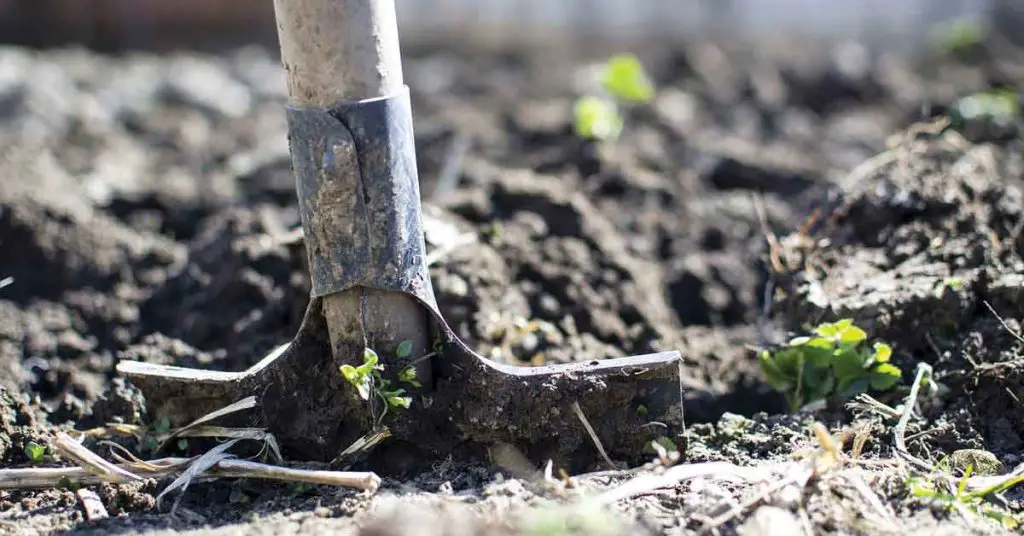
Your homestead’s garden requires special attention as the leaves turn and the air grows crisp. Fall isn’t just about winding down; it’s a crucial time for preparing and planning. Here are some essential tasks to ensure your garden remains a cornerstone of your homestead’s productivity:
Preparing the Soil for Next Season
- Composting: Add compost to enrich the soil. This is the perfect time to mix in organic matter, as it will have time to integrate and improve the ground over the winter.
- Tilling: Lightly till the soil to incorporate the compost and prepare the beds for next year’s planting.
- pH Testing: Test the soil’s pH and adjust accordingly, ensuring optimal conditions for spring planting.
Fall Planting Guide: What to Plant for a Late Harvest
- Cool-Weather Crops: Consider planting vegetables like kale, spinach, and garlic, which thrive in cooler temperatures.
- Cover Crops: Sow crops like clover or rye to protect and nourish the soil, preventing erosion and suppressing weeds.
Tips on Protecting Plants from Early Frost
- Mulching: Apply a layer of mulch to insulate plants, especially perennials and newly planted crops.
- Row Covers: Utilize row covers or cold frames to protect sensitive plants from early frosts, extending the growing season.
Autumn Garden Preparation
- Garden Cleanup: Remove spent plants and debris to prevent diseases and pests from spreading.
- Tool Maintenance: Clean and store garden tools properly, ensuring they’re ready for spring.
By integrating these tasks into your Fall homesteading to-do list, you’re wrapping up this year’s growing season and setting the stage for a successful and bountiful year ahead. Remember, a little effort in the fall pays off significantly when the ground thaws and the growth cycle begins anew.
Harvesting and Preserving
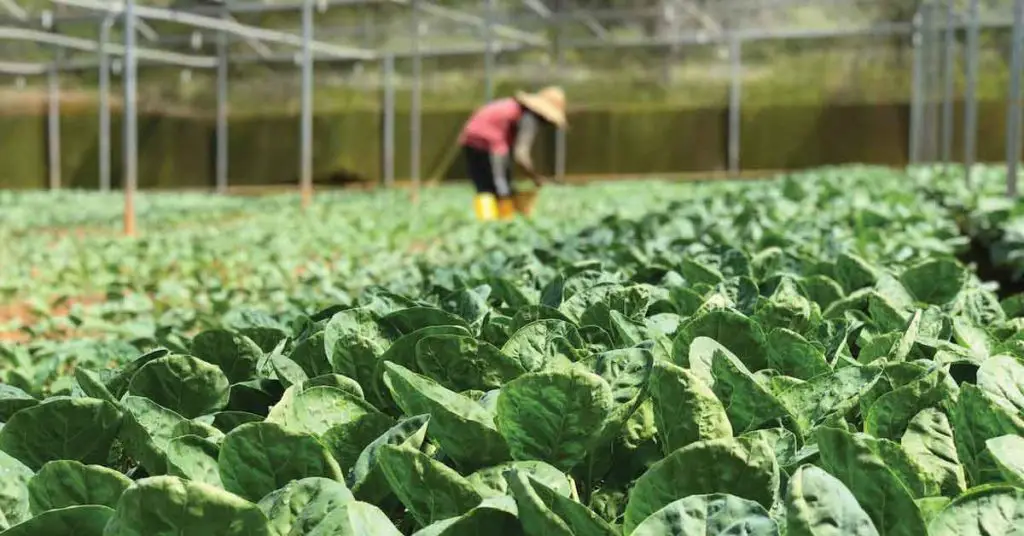
As the fall season deepens, the time comes to reap the rewards of your hard work. Harvesting and preserving your produce is not just a chore; it’s a celebration of your homestead’s bounty. Here’s how to make the most of your fall harvest and ensure you enjoy the fruits of your labor well into the colder months:
Best Practices for Harvesting Fall Crops
- Timing is Key: Harvest crops at their peak for the best flavor and nutritional value. For instance, squash should be harvested when the rind is hard, and apples when they come off the branch easily.
- Gentle Handling: Handle produce gently to avoid bruising, which can lead to quicker spoilage.
- Immediate Cooling: Cool harvested produce immediately to preserve freshness, especially for leafy greens and root vegetables.
Techniques for Preserving Fall Produce
- Canning: Preserve fruits and vegetables through canning. This method is excellent for tomatoes, apples, and berries.
- Drying: Dry herbs, peppers, and root crops. Dried herbs can be used throughout the year for cooking and teas.
- Freezing: Freeze surplus produce like berries, beans, and corn. Blanching vegetables before freezing helps retain color and nutrients.
Ideas for Storing and Utilizing Harvest Throughout Winter
- Root Cellaring: Store root vegetables like carrots and potatoes in a cool, dark place. A root cellar or a similar setup can extend their shelf life.
- Creative Cooking: Experiment with recipes that use your preserved produce. Soups, stews, and casseroles are great for incorporating a variety of vegetables.
- Sharing the Bounty: Consider sharing or trading excess produce with neighbors or local food banks.
Preserving Fall Produce
- Labeling: Label all preserved goods with the date and contents for easy identification.
- Regular Checks: Regularly check stored and preserved items for signs of spoilage and use them in a rotation to ensure nothing goes to waste.
Incorporating these practices into your Fall homesteading to-do list maximizes your harvest and brings a sense of fulfillment as you savor your homestead’s produce long after the fall season has passed. Remember, each jar of preserved food and each stored vegetable is a testament to the resilience and productivity of your homestead.
Homestead Maintenance and Winterization

As the leaves turn and the air grows crisp, it’s time to focus on preparing your homestead for the colder months ahead. Winterization is not just about comfort; it’s about ensuring the longevity and efficiency of your homestead. Here’s a guide to crucial maintenance tasks and winterization strategies:
Essential Maintenance Tasks to Prepare for Winter
- Inspect and Clean: Check roofs, gutters, and downspouts for debris. A clean and intact roof is crucial for winter weather.
- Seal Gaps: Look for and seal any gaps in windows and doors to prevent heat loss.
- Service Heating Systems: Whether it’s a furnace, wood stove, or other heating systems, ensure they are clean and in good working order.
Winterizing Your Homestead: Insulation, Heating, and Repairs
- Insulation Upgrades: To retain heat, add or replace insulation in key areas like attics, walls, and basements.
- Heating Efficiency: Consider energy-efficient options for heating. If you use a wood stove, stock up on well-seasoned firewood.
- Emergency Preparedness: Ensure you have a backup power source, like a generator, and keep an emergency kit handy.
Preparing Livestock and Animal Shelters for Colder Weather
- Shelter Inspection: Check barns and animal shelters for drafts, leaks, or structural issues. Make necessary repairs to keep animals warm and dry.
- Bedding and Warmth: Increase bedding material to provide extra warmth for animals.
- Access to Water: Ensure animals have access to unfrozen water. Consider heated water troughs or buckets in extremely cold areas.
Winterizing Homestead
- Equipment Storage: Store and cover outdoor equipment and tools to protect them from the elements.
- Plan for Snow Removal: Have tools and equipment ready for snow removal, such as shovels, snow blowers, or plows.
By incorporating these tasks into your Fall homesteading to-do list, you can rest assured that your homestead is well-prepared for winter. Each step you take now in maintenance and winterization protects your investment and ensures a cozy, efficient, and productive season ahead. Remember, a well-prepared homestead is the key to thriving through the winter months.
Energy Efficiency and Sustainability

As autumn ushers in cooler temperatures and shorter days, it’s an opportune time to focus on energy efficiency and sustainable practices on your homestead. This season, let’s embrace strategies that reduce your carbon footprint and enhance your homestead’s self-sufficiency. Here are some practical tips to integrate into your Fall homesteading to-do list:
Tips for Making Your Homestead Energy-Efficient in Fall
- Audit Your Energy Use: Conduct an energy audit to identify areas where you can save energy. Look for drafts, insulation needs, and inefficient appliances.
- Smart Heating Solutions: Consider programmable thermostats or smart heating systems to optimize energy use.
- Utilize Natural Light and Heat: Maximize sunlight during the day for natural warmth and light, reducing the need for artificial heating and lighting.
Sustainable Practices to Adopt During the Season
- Composting fall Leaves: Instead of burning leaves, compost them. This reduces air pollution and provides nutrient-rich compost for your garden.
- Rainwater Harvesting: Set up systems to collect and store rainwater for use in your garden or for livestock.
- Planting Cover Crops: Plant cover crops in your garden to enrich the soil and prevent erosion over the winter months.
Energy Efficiency in Fall
- Solar Energy Utilization: Invest in solar panels or solar-powered tools and appliances if feasible.
- DIY Insulation Projects: Use sustainable materials, like sheep’s wool or recycled denim, to insulate your home.
- Energy-Efficient Lighting: Replace old light bulbs with LED or energy-saving bulbs to reduce electricity consumption.
By incorporating these energy-efficient and sustainable practices into your fall routine, you prepare your homestead for the colder months and contribute to a healthier, more sustainable environment. Remember, each small step towards sustainability significantly impacts the long run. This fall, let’s work towards a homestead that is self-sufficient and a steward of the earth’s resources.
Planning for Winter

As the vibrant hues of fall give way to the crisp air of the approaching winter, it’s essential for homesteaders to think ahead. Planning for winter is not just about survival; it’s about thriving during the colder months with ample preparation. Here’s how you can integrate ‘Homestead Planning for Winter‘ into your Fall homesteading to-do list:
Importance of Planning for the Colder Months
- Anticipate Challenges: Understand the specific challenges your homestead might face in winter, such as heavy snowfall, freezing temperatures, or limited daylight.
- Resource Management: Assess and stock up necessary resources like firewood, water, and non-perishable food items.
- Emergency Preparedness: Ensure you have a plan for potential winter emergencies, including power outages, extreme weather, or health issues.
Strategies for Homestead Planning and Resource Allocation
- Budgeting for Winter: Allocate funds for winter-specific needs, such as heating fuel, extra feed for livestock, and maintenance supplies.
- Winterizing Structures: Plan and execute tasks to winterize your home, barns, and other structures, focusing on insulation, heating systems, and weatherproofing.
- Livestock Care: Adjust your livestock care routine to include additional shelter, feed, and water considerations for the colder months.
Homestead Planning for Winter
- Garden and Crop Planning: Decide on and prepare for winter crops, if applicable, and plan your garden layout for the next season.
- Skill Development: Winter is an excellent time to learn new homesteading skills or improve existing ones, such as knitting, woodworking, or preserving.
- Community Engagement: Stay connected with your local homesteading community for support, resource sharing, and collective problem-solving.
By incorporating these strategies into your fall to-do list, you’re not just preparing for winter; you’re setting the stage for a more comfortable, productive, and enjoyable season on your homestead. Remember, a little foresight and planning can go a long way in ensuring a smooth transition into the winter months. Let’s embrace the change of seasons with preparedness and enthusiasm!
Fall Cleanup and Organization
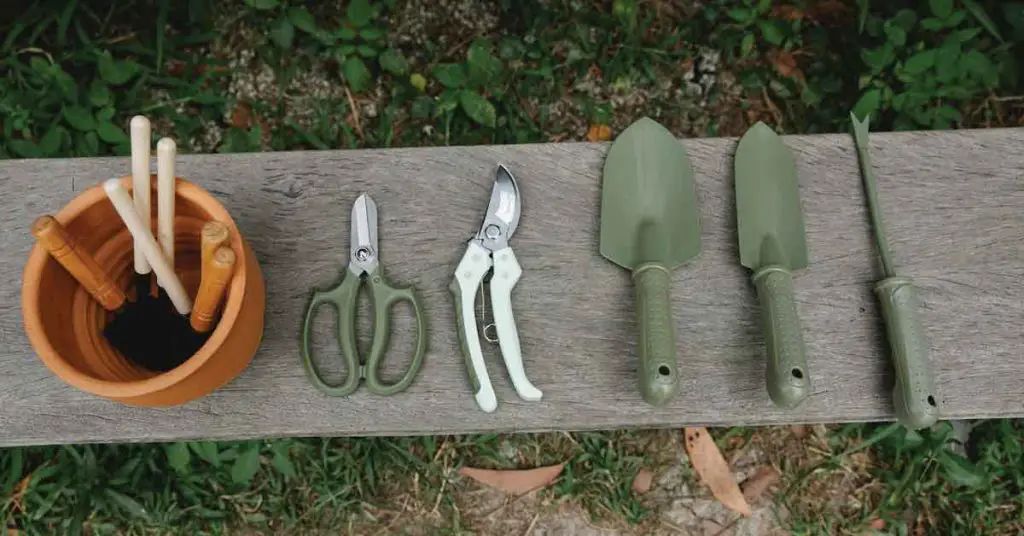
As the leaves begin to turn and the air grows crisp, it’s time to think about tidying up and organizing your homestead for the season ahead. Fall cleanup is more than a chore; it’s a ritual that prepares your space for winter and the following spring. Here’s how to tackle ‘Homestead Fall Cleanup’ effectively:
Essential Cleanup Tasks Around the Homestead
- Garden and Yard Maintenance: Clear out spent plants, rake leaves, and compost organic waste. This cleans your space and prepares your soil for next year.
- Outbuilding and Barn Organization: Sort through your outbuildings and barns, removing clutter and organizing tools and equipment.
- Repair and Maintenance: Inspect your property for needed repairs before the winter, such as fixing fences, patching roofs, or sealing windows.
Organizing Tools, Supplies, and Spaces for Efficiency
- Tool Care: Clean, sharpen, and properly store your gardening and homesteading tools. This prolongs their life and ensures they’re ready for use when needed.
- Supply Inventory: Take stock of your supplies, noting what needs replenishment or replacement. This includes seeds, feed, fertilizers, and other essentials.
- Space Optimization: Reorganize your storage areas for easy winter gear and supplies access. Consider labeling shelves and bins for better efficiency.
Implementing ‘Homestead Fall Cleanup’
- Systematic Approach: Tackle one area at a time to avoid feeling overwhelmed. Create a checklist to track your progress.
- Family Involvement: Involve your family or fellow homesteaders in the cleanup process. Assign tasks based on interest and ability for a more enjoyable experience.
- Sustainable Practices: As you clean and organize, think about ways to make your homestead more sustainable. This could include recycling materials, repurposing old items, or implementing energy-saving measures.
Fall cleanup and organization set the tone for the upcoming seasons. By taking the time to tidy, repair, and organize, you’re caring for your homestead and creating a more pleasant and productive environment for yourself and your family. Embrace this time as an opportunity to reflect on the past season’s successes and prepare for the future with a clean, organized space.
Conclusion: Fall Homesteading To-Do List
As we wrap up our journey through the Fall homesteading to-do list, let’s take a moment to reflect on the key insights we’ve gathered. Fall, with its unique demands and opportunities, is a crucial time for homesteaders to plan, prepare, and execute tasks that ensure a smooth transition into the colder months.
Recap of the Fall Homesteading To-Do List
- We began by understanding the fall season’s impact on homesteading, emphasizing the need for adaptability in response to weather changes.
- Essential fall gardening tasks, including soil preparation and late-season planting, were highlighted to ensure a bountiful harvest.
- The importance of harvesting and preserving fall produce was discussed, offering techniques to maximize the use of your harvest throughout winter.
- Homestead maintenance and winterization were vital topics, focusing on preparing your property and livestock for the colder weather.
- We delved into energy efficiency and sustainability, providing tips to make your homestead more eco-friendly during fall.
- Planning for winter was emphasized, ensuring that resources were allocated wisely for the upcoming season.
- Finally, we covered fall cleanup and organization, a critical step in maintaining a tidy and efficient homestead.
Encouragement to Start Planning and Preparing
Now is the perfect time to start implementing these strategies on your homestead. Whether you’re a seasoned homesteader or just beginning your journey, these tips are designed to help you navigate the fall season with ease and efficiency. Remember, homesteading is a continuous learning process, and each season brings challenges and rewards.
Call to Action
We encourage you to engage with the homesteading community. Share your experiences, ask questions, and learn from others. Homesteading is not just about self-sufficiency; it’s about building a community of like-minded individuals who support and inspire each other. So, as you embark on your fall homesteading tasks, remember that you’re part of a larger community, each contributing to a sustainable and fulfilling way of life.
Let your homesteading journey flourish as the leaves change color and the air grows crisp. Embrace the fall season with enthusiasm and confidence, armed with the knowledge and tips from our comprehensive Fall homesteading to-do list. Happy homesteading!
Disclaimer: The information provided in this article is for general informational purposes only and is not intended to be a substitute for professional advice. The author of this article does not claim to be an expert in homesteading and the information provided should not be relied upon to make decisions about your own homesteading journey. Please do your own research and consult with a qualified professional before making any decisions about your homestead.
Share via:
Shaun Alexander is the main writer and editor for HomesteadingSimple.com. With a strong passion for homesteading and sustainability, Shaun has dedicated his life to learning and sharing information about a simple, fulfilling existence tied to the land. His expertise ranges from gardening and livestock management to off-grid living and DIY projects, reflecting the diverse skills necessary for a successful homesteading lifestyle. Shaun’s goal is to inspire and educate others about the possibilities of homesteading, whether in rural, suburban, or urban settings, and to provide practical advice and tips for both beginners and seasoned homesteaders. He believes in a future where more people return to their roots, embracing a life of self-sufficiency and harmony with nature.

